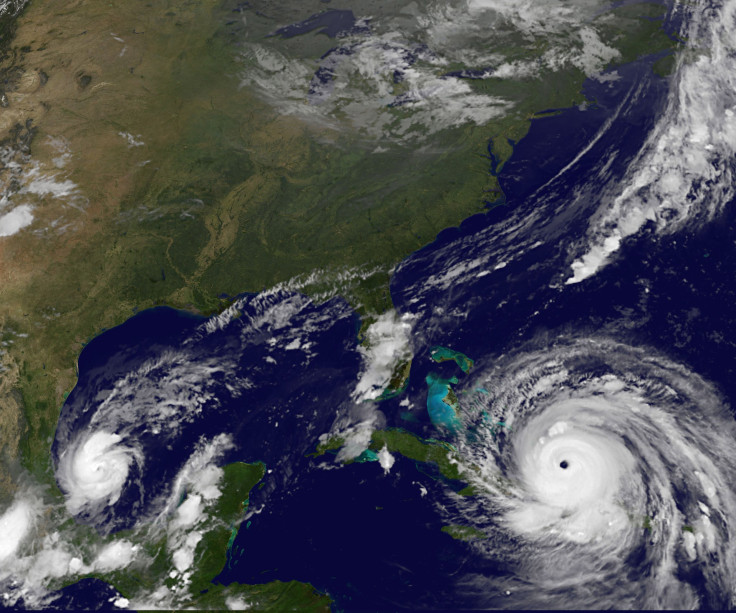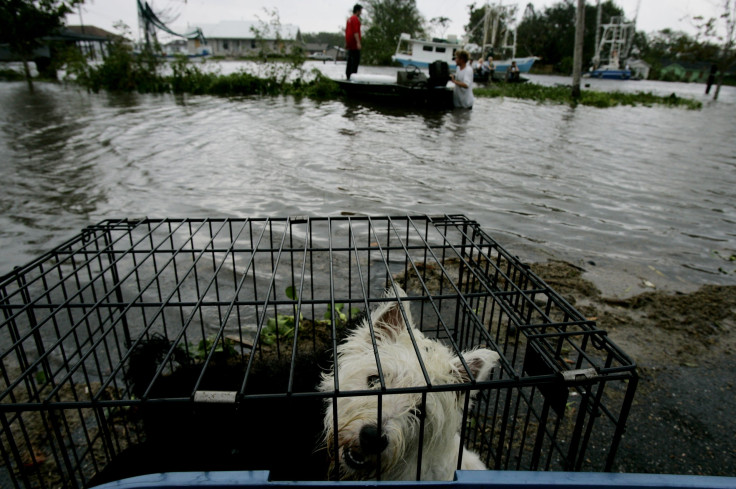Devastating And Deadliest Hurricanes In US History

Hurricane Harvey, which whipped through Texas on Aug. 25 as a Category 4 storm and brought record rainfall over a few days, has killed at least 30 people and the damages caused are expected to be among the highest in recent natural disasters that have occurred in the United States. Following this, currently, Irma, one of the most powerful hurricanes on record, is pummeling through the Caribbean and might hit Florida.
Hurricane experts said that the formation and inception of several storms rapidly in succession is not something that is uncommon, specifically in August, September and October, which are considered to be the most active months of the six-month hurricane season.
“This is the peak,” said Gerry Bell, the lead seasonal hurricane forecaster with the Climate Prediction Center, a part of the National Oceanic and Atmospheric Administration, according to the New York Times. “This is when 95 percent of hurricanes and major hurricanes form.”
Amid Hurricane Harvey and Irma here's a look at some of the most devastating, most horrific storms, which have hit the U.S. over the past century.
Sandy, 2012
Hurricane Sandy caused severe damage across several northeastern states as it brought high winds and a coastal storm surge. Its effects were more drastic especially in New York and New Jersey. Six other states were also damaged from the heavy rainfall, snow and strong winds. Sandy caused at least 159 deaths and its impact on some of the major populated areas caused widespread interruption to water and electrical services. Its estimated cost of damages was $70.2 billion.
Katrina, 2005
Hurricane Katrina was said to be the deadliest and most devastating U.S. storm since 1928. Katrina was first said to be a Category 1 storm when it made its landfall near Miami. However, when it made its second landfall along the coastline of southeastern Louisiana on Aug. 29, 2005, the storm was said to have scaled up to a Category 3 hurricane. A total of 1,833 people were said to have lost their lives due to the severe damage caused by Katrina, which resulted in wind damage, destruction, failure of levee systems in New Orleans and extensive storm surge damage along the Louisiana-Mississippi-Alabama coasts. Eight other states faced flooding and high winds and its estimated cost for damages was said to be $160 billion.

Galveston, 1900
Galveston is considered to be the deadliest hurricane in the history of the country, having caused at least 8,000 to 12,000 deaths at the turn of the 20th century. The hurricane was recorded as a Category 4 storm when it hit the Texas coast on Sept. 8, 1900, and then headed north through the Great Plains. The winds were estimated to be as high as up to 145 mph and also a storm surge of 15 feet was caused. Galveston was said to have virtually demolished the city of Galveston, Texas, when it finally made landfall. It was reported that the high number of casualties caused by the storm lead to many of the deceased being buried at sea in the Gulf of Mexico.
Rita, 2005
Hurricane Rita struck the U.S. Gulf coast at the Texas-Louisiana border on Sept. 24, 2005, within a few days after the devastating Hurricane Katrina pummelled through the same region. The storm killed at least 119 people and prompted one of the largest evacuations due to a natural disaster in U.S. history — more than 3 million residents were evacuated from Texas and Louisiana. Rita's estimated cost of damages was $23.7 billion.

Andrew, 1992
Hurricane Andrew whipped through Florida in 1992, and the death toll was 65, even though it was one of the most severe hurricanes to hit the country. The preparation and evacuation efforts before the storm hit were successful enough to minimize the damage. Over 1.2 million people heeded the warnings and fled immediately and there were more than 142 shelters opened. South Florida was directly hit by Andrew and the Category 5 storm destroyed entire neighborhoods. More than 125,000 homes were damaged by the storm surge rendering people homeless and an estimated damage of $47.8 billion.
© Copyright IBTimes 2025. All rights reserved.






















